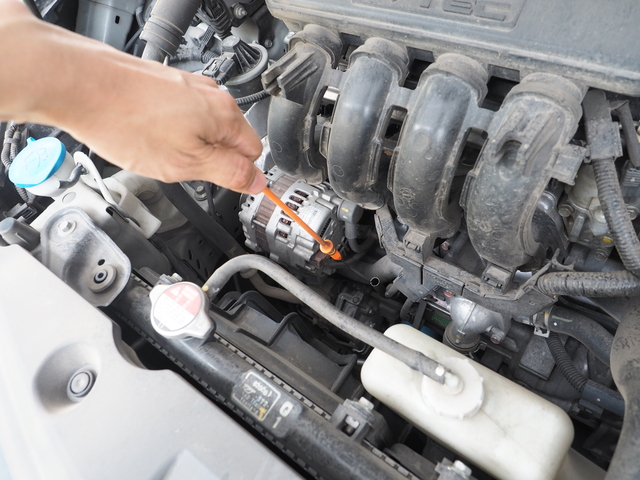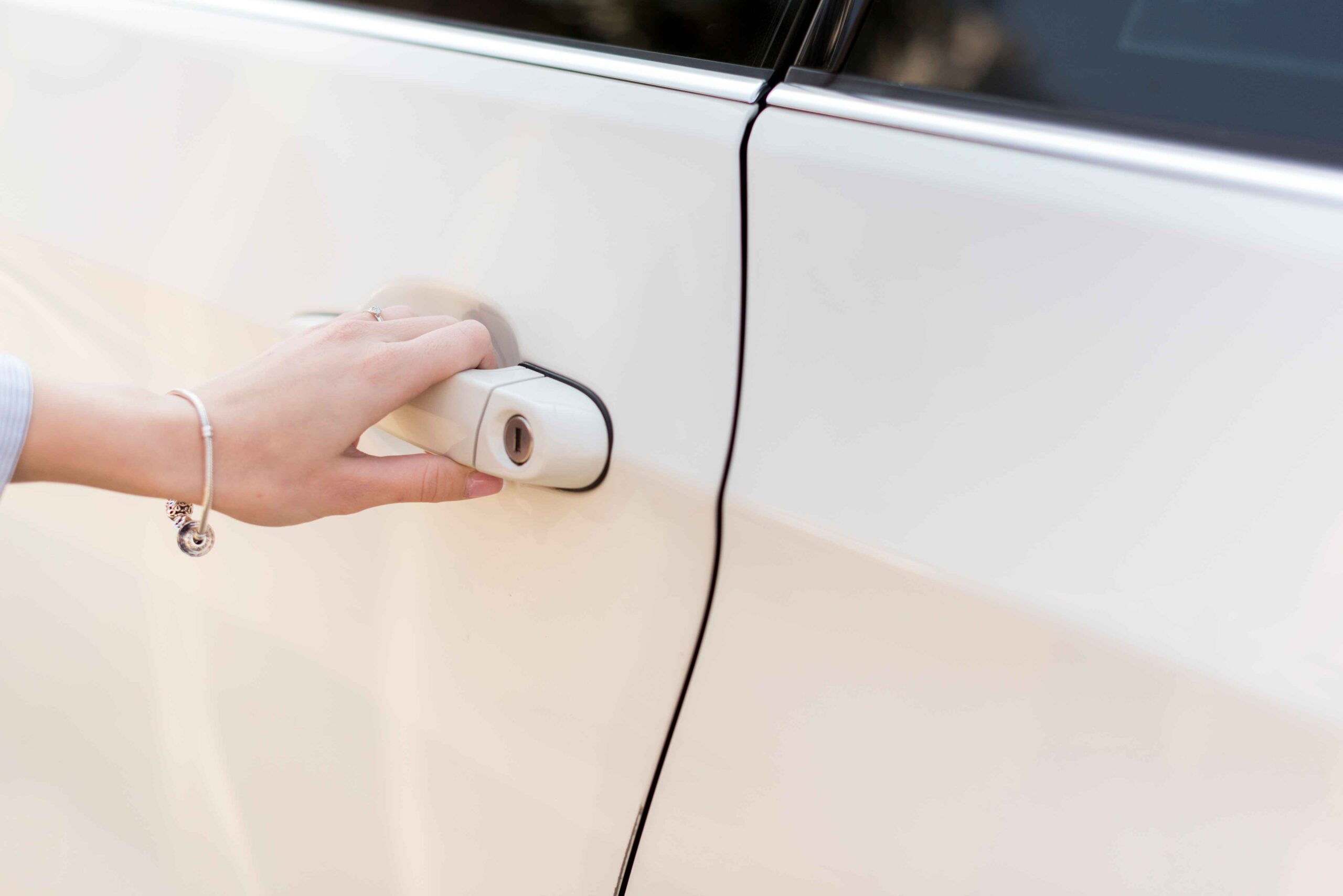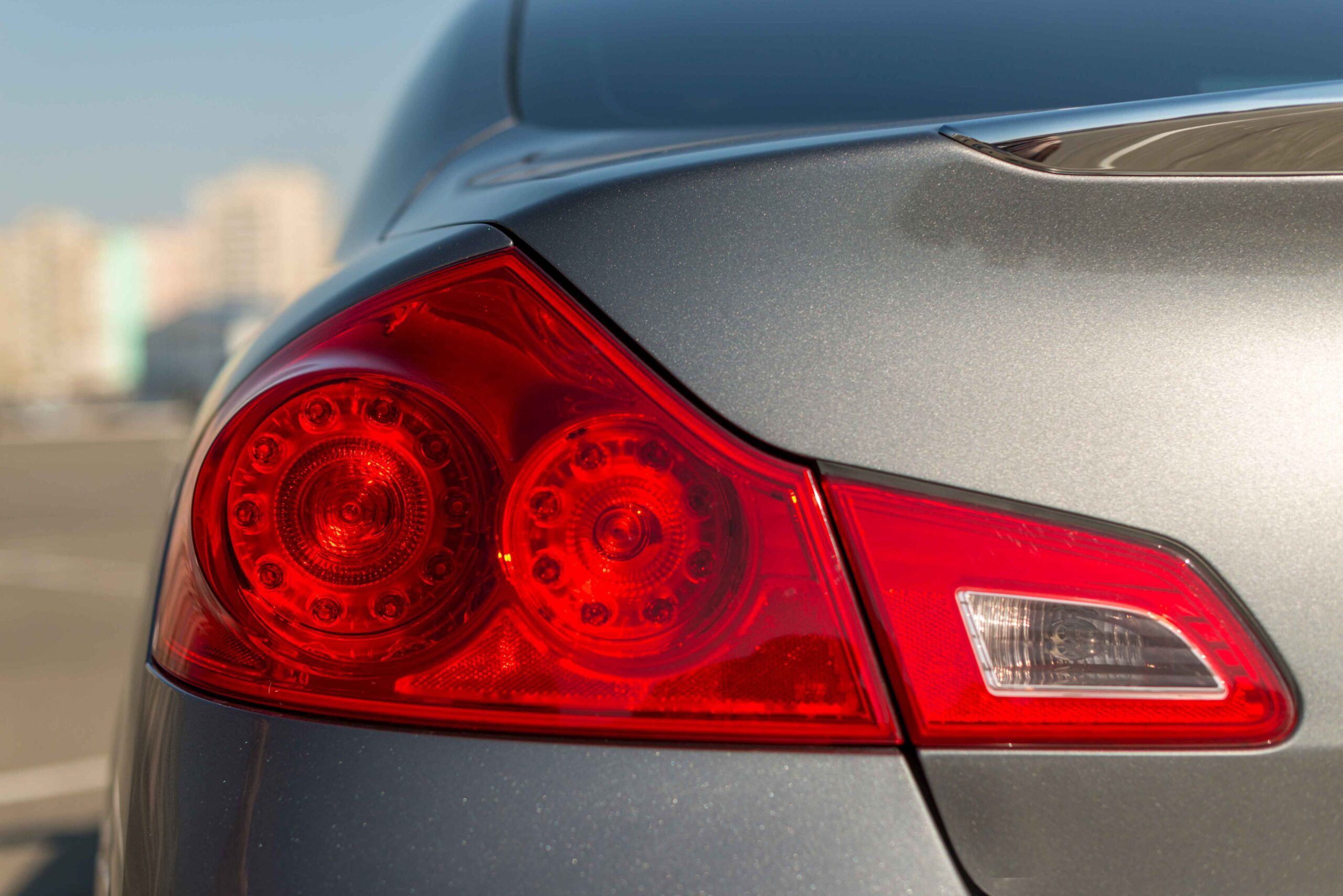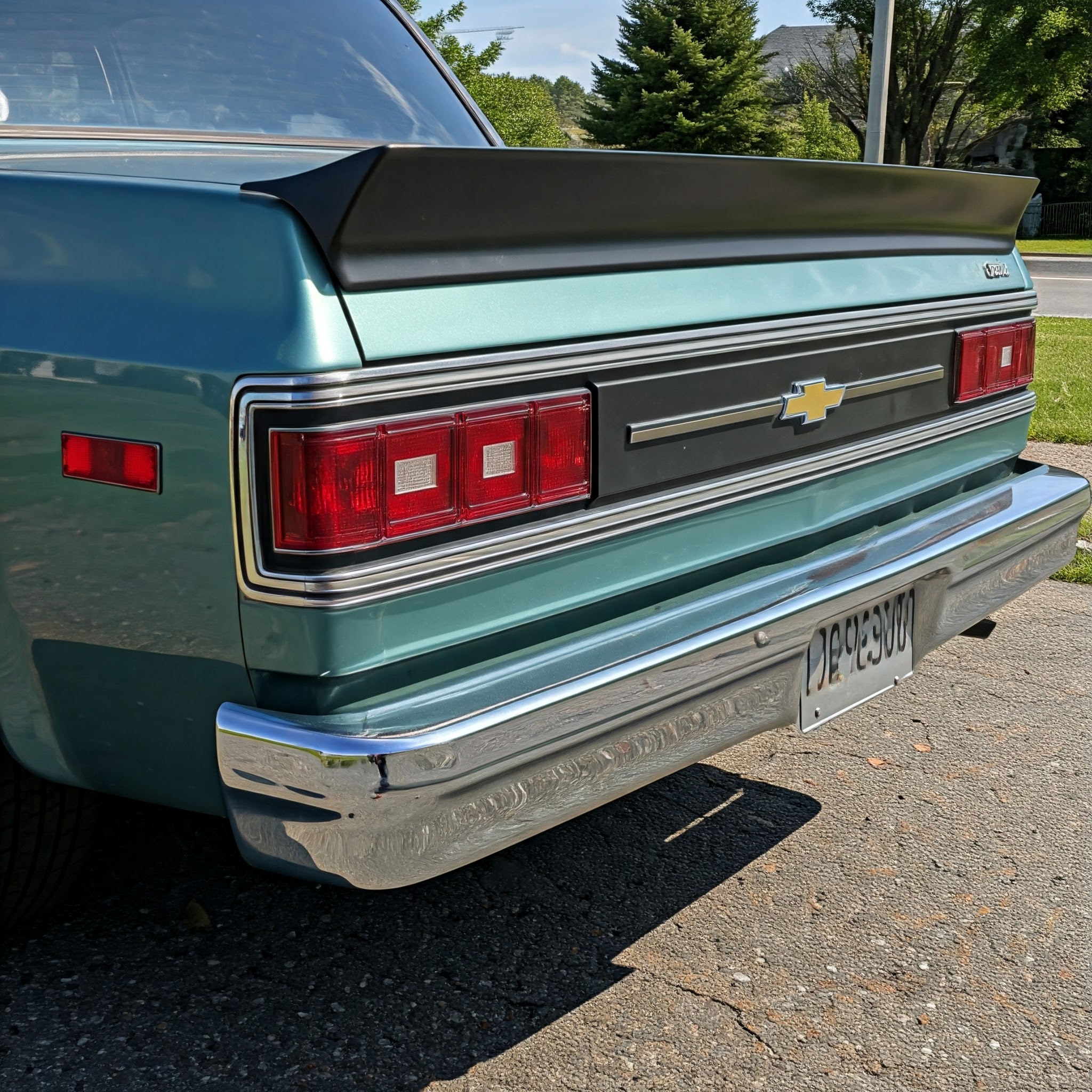This tiny yet powerful part is key to starting your car’s engine. But finding it isn’t always easy. The starter motor’s location varies depending on the car model. In this guide, we’ll explain exactly where is starter motor located in different car models. You’ll also get some helpful tips, facts, and answers to common questions.
Where Is Starter Motor Located?
The starter motor is usually near the engine block, close to where the engine meets the transmission. In most cars, it’s attached to the flywheel housing, which makes sense because it needs to engage with the flywheel to start the engine.
Here’s how to spot it:
- Look for a small cylinder-shaped part.
- Follow the thick cable coming from the battery.
- Check the lower part of the engine, often at the back.
Sometimes, it’s hidden under other components like the intake manifold or exhaust pipes. If that’s the case, you might need to remove some parts to access it.
Where Is a Starter Located in a Car?
This depends on the type of car you drive. Different cars have slightly different placements for the starter. Here’s a table to help:
| Car Type | Common Location |
| Compact Cars | Near the engine block, often under the intake manifold. |
| Sedans | Under the engine, close to the transmission. |
| SUVs | Near the rear of the engine, accessible from below. |
| Luxury Vehicles | Hidden under multiple engine components. |
| Hybrids/Electric Cars | May not have a traditional starter motor. |
Pro Tip: Always disconnect the battery before trying to locate or work on the starter motor.
Where Is a Car Starter Located?
To put it simply, the starter motor is attached to the flywheel housing. It’s usually bolted to the transmission because it engages with the flywheel to start the engine.
Did you know? Some cars, like older models, have the starter motor in very accessible spots. Meanwhile, newer vehicles may require removing other parts first.
Here are quick steps to locate it:
- Open your car’s hood.
- Follow the positive battery cable.
- Look for a small motor near the transmission.
- Check under the car if it’s not visible from above.
- Refer to your car’s manual for exact placement.
Common Starter Motor Locations in Popular Cars
Starter motors don’t move around much, but their exact placement depends on the brand and model of your car.
- Toyota: Usually near the transmission, accessible from underneath.
- Ford: Often under the engine, near the oil pan.
- Honda: Found at the rear of the engine, under the intake manifold.
- Chevrolet: Typically on the passenger side of the engine.
- Hyundai: Located at the bottom of the engine block, close to the gearbox.
Did you know? Some high-end brands like BMW place the starter motor in hard-to-reach areas to discourage DIY repairs.
Why Knowing the Location Helps
Understanding the starter motor’s location can save you time and money. Here’s why:
- DIY Repairs: If you can find it, you might be able to replace or fix it yourself.
- Cost Efficiency: You can describe the problem better to your mechanic, saving on diagnostics.
- Preventive Maintenance: Knowing where it is helps you check for early signs of wear.
If your car isn’t starting, the problem might not always be the battery. A faulty starter motor could be the culprit.
Signs of a Failing Starter Motor
How do you know if the starter motor is the issue? Look out for these signs:
- Clicking sound when you turn the key.
- The engine doesn’t crank or cranks slowly.
- Dashboard lights dim when you start the car.
- Smoke or burning smell near the engine.
- Intermittent starting problems.
If you notice these symptoms, it’s time to inspect the starter motor.
What Causes Starter Motor Problems?
Starter motors can fail for several reasons. Here’s what commonly goes wrong:
- Worn Brushes: The brushes inside the motor wear out over time.
- Electrical Issues: Loose or corroded wires can interrupt the connection.
- Overheating: Extended cranking overheats and damages the motor.
- Bad Solenoid: The solenoid engages the starter with the flywheel. If it’s faulty, the motor won’t work.
- Old Age: Like any car part, starter motors have a lifespan.
Regular maintenance can prevent many of these issues.
How to Safely Access the Starter Motor
Accessing the starter motor safely is crucial, especially if it’s hidden under other components. First, always disconnect the car battery to prevent electrical accidents. Next, gather basic tools like a wrench and flashlight. If the motor is under the intake manifold or exhaust pipes, remove these parts carefully. Use a jack to lift the car if the starter is underneath.
Work in a well-lit area and wear gloves for protection. If you’re unsure about removing parts, consult your car manual or watch a reliable video tutorial. Safety first—don’t rush the process!
Here’s why people often struggle to locate the starter motor:
- Many modern cars have compact engine designs.
- Components like the intake manifold can block access.
- Manufacturers hide parts for aesthetic reasons.
- DIY repairs aren’t encouraged by some brands.
Quick Tip: Always use a flashlight when looking for the starter motor in tight spaces.
Quick Comparison of Starter Motors
| Brand | Ease of Access | Repair Cost |
| Toyota | Moderate | Affordable |
| Ford | Easy | Moderate |
| Honda | Difficult | Moderate to High |
| Chevrolet | Easy | Affordable |
| BMW | Hard | High |
Final Thoughts
Now you know where is starter motor located in different car models. It’s usually near the engine or transmission. Understanding its location helps with repairs and saves time and money.
If you need professional guidance or quality car parts, check out OEM Car Parts. We’ve got the expertise and products to keep your car running smoothly.
FAQs
In older cars, it’s often near the flywheel and very easy to access.
It may be under other components like the intake manifold or near the transmission.
Yes, if you have basic tools and skills. Always disconnect the battery first.
Disconnect the battery to avoid electrical shock. Then locate the starter motor.
Overheating, worn-out brushes, and electrical issues are common reasons.







